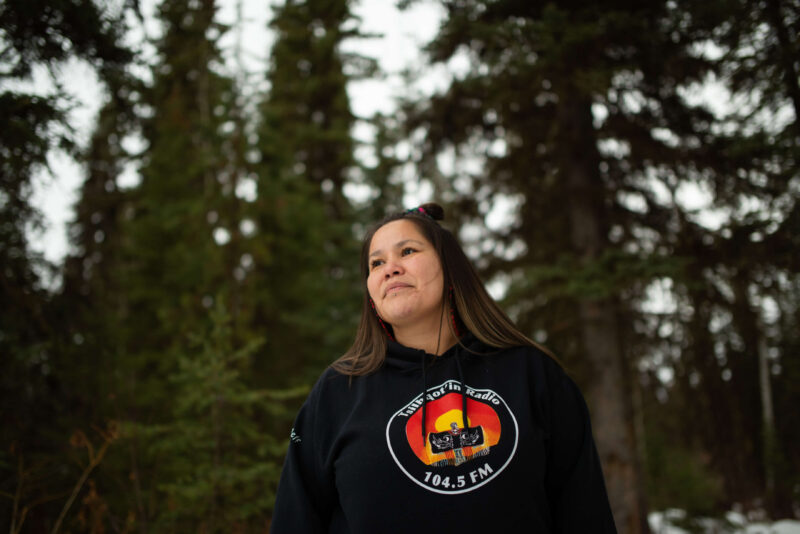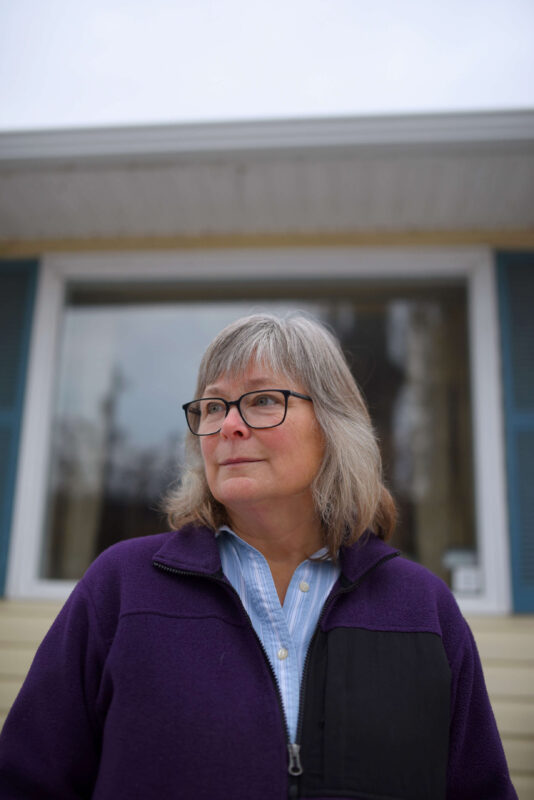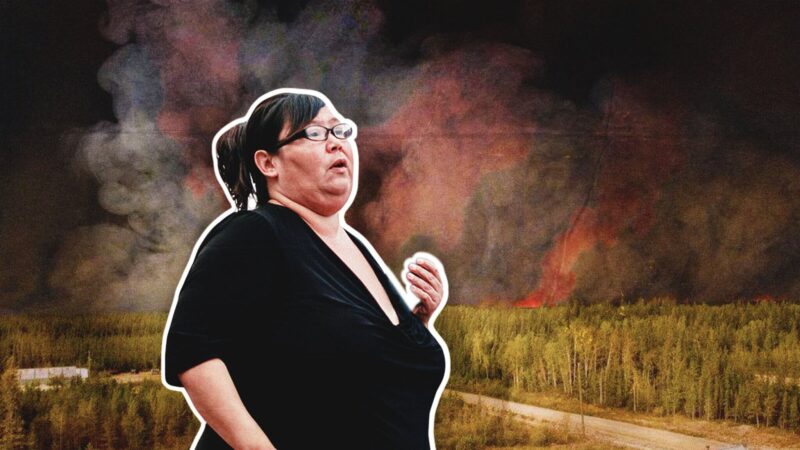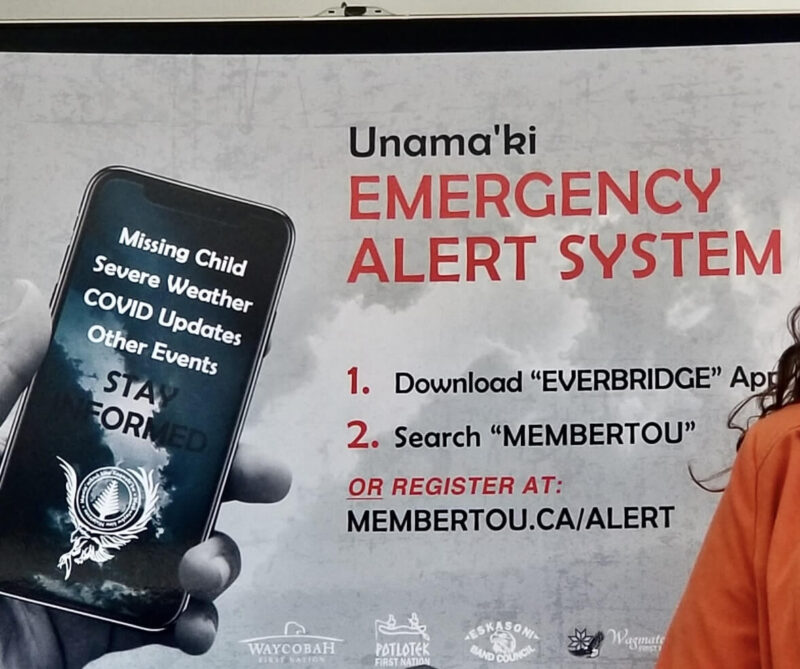sn-title
We are an international teaching newsroom that works with people affected by climate change to share and investigate their stories.
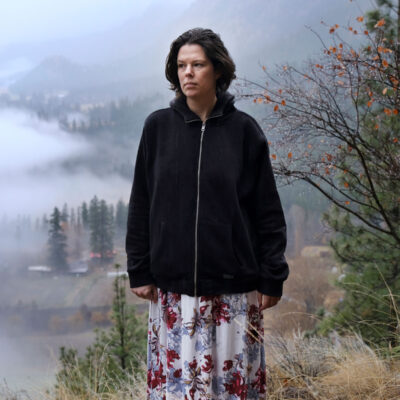
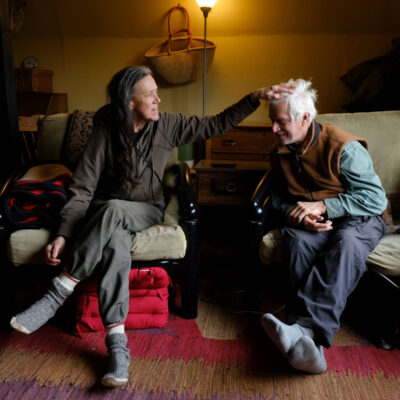
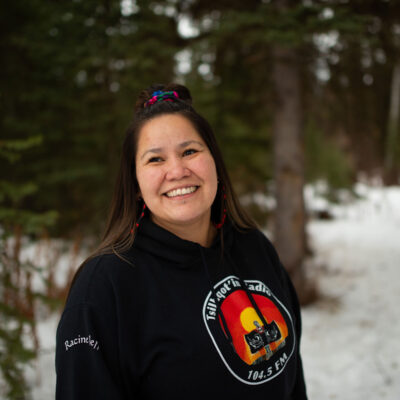
We believe the climate stories we tell, both big and small, have the power to unite people and make change.
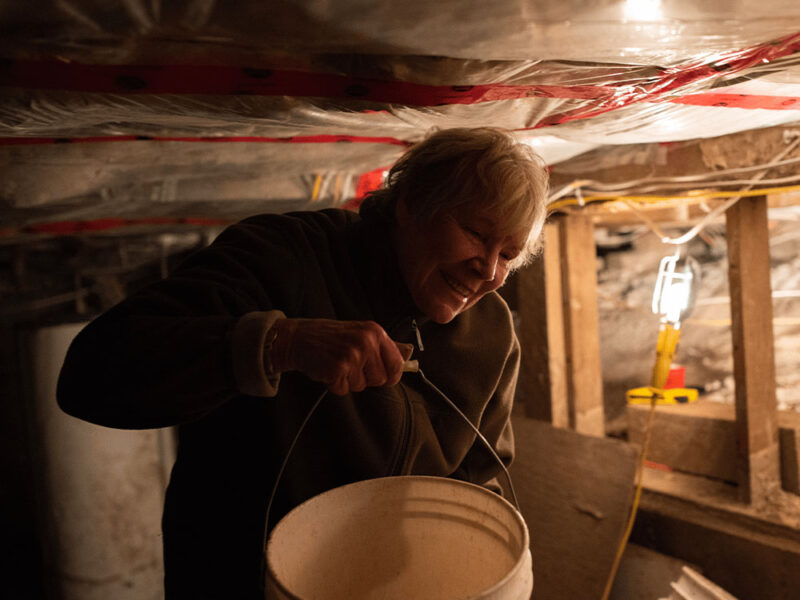
Eyewitness Accounts
Read the testimonies of climate disaster survivors from around the world to better understand how climate change is affecting all of us.
Trauma-Informed
We work with disaster-affected people using a trauma-informed approach that recognizes these are their stories — not ours.

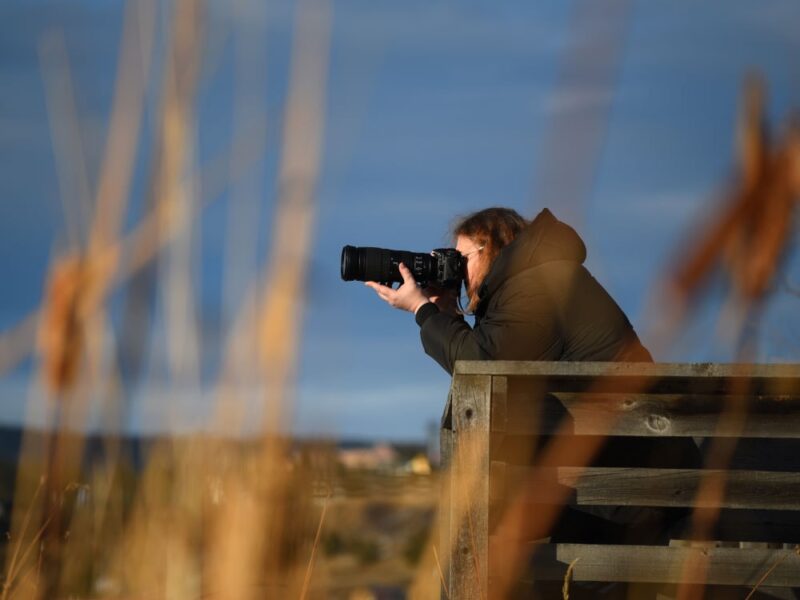
Empowering People
We listen closely to what climate disaster survivors say and investigate the problems and solutions they share with us.
Do You Have a Story?
We’ll talk to you about how climate change has affected you and what you think can be done about it.
Stories Archive
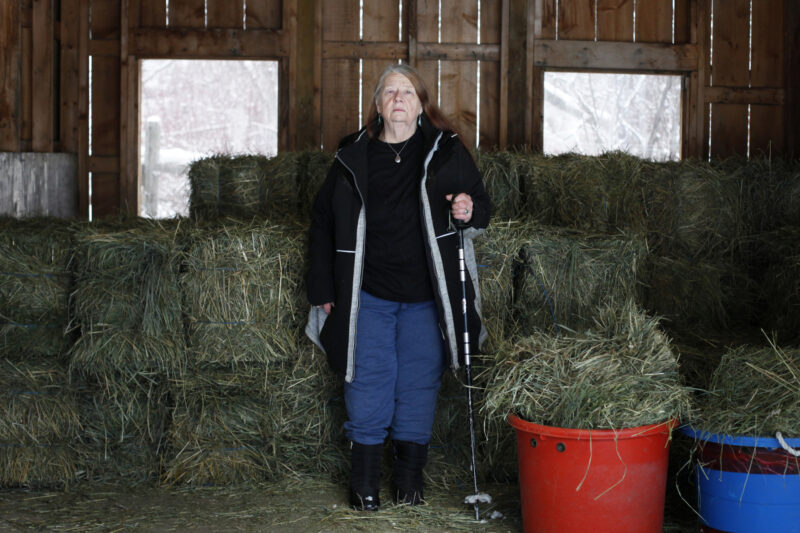

Patsy Gessey and Owen Collins look out towards Lytton where they lost their home during the 2021 Lytton Creek Fire. The next year, they faced fires again. (CDP/Jen Osborne)
